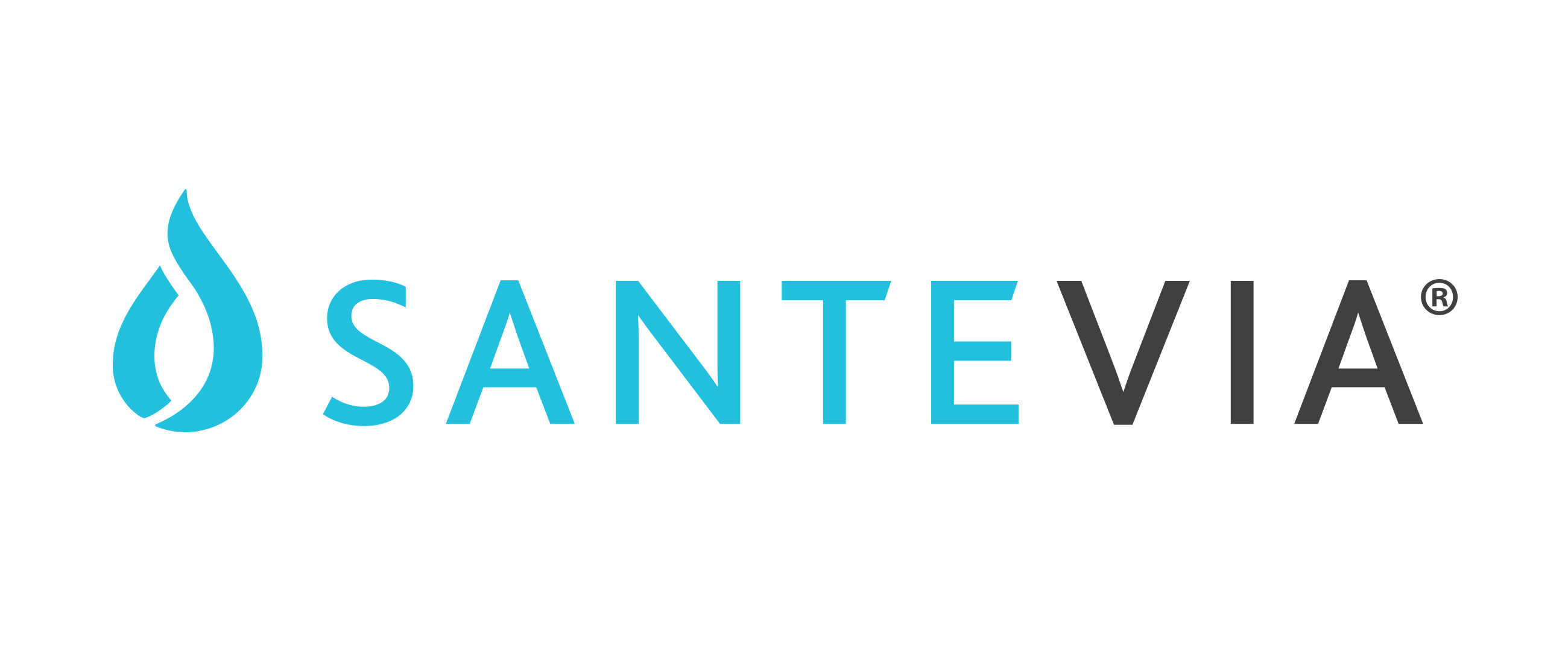The Need to Know on Magnesium

Magnesium is an abundant mineral in the body and is - luckily - present in most foods. It is required for over 300 metabolic reactions in the human body and is crucial for maintaining bone health and proper muscle function. Some studies show a relation between dietary magnesium and a decreased risk of heart disease and type 2 diabetes. Unfortunately, while our North American diets are high in calories, they are paradoxically low in some nutrients.
A magnesium deficiency may develop in those who do not consume enough magnesium daily, or those suffering from chronic illnesses. While symptoms of low magnesium may not appear overnight, that doesn't mean that consumers should not be concerned about their magnesium levels. Early signs of magnesium deficiency include nausea, vomiting, and decreased appetite. While more severe symptoms include muscle cramps, seizures, and even abnormal heart rhythms. Most healthy adults require between 300-400 mg of magnesium a day. Factors affecting magnesium requirements are age, gender, and overall health. As with most vitamins and minerals, it's best to obtain them from foods rather than supplements. Talk to your doctor or dietician before turning to supplements for your magnesium intake. Santevia has compiled a list of magnesium-rich foods that will help you get your daily requirements in 2020:
Leafy Greens
Leafy green vegetables, like spinach and kale, are excellent sources of magnesium. Whether you like to eat them in a salad or sauteed, adding these vegetables to your shopping list will help increase your magnesium intake. You can even mix them into delicious winter soups. Check out this yummy cheddar broccoli recipe to warm you up this winter.
Nuts and Seeds
Nuts and seeds are a great source of magnesium. Carry around a bag of trail mix with you so you can fill up on healthy fats and magnesium when you're feeling snacky. For the best results, make sure to include almonds, cashews, and brazil nuts, which offer the most magnesium per serving.
Dark Chocolate
Who knew that being healthy could be so delicious? Relative to a lot of other foods, dark chocolate is high in magnesium. That means that your efforts to maintain a healthy lifestyle doesn't need to involve saying goodbye to your sweet tooth. The key is to find a bar of very dark chocolate (at least 70 or 80% cacao) to get a decent serving of magnesium.
Water
Mineralized water offers essential nutrients like calcium and magnesium. The World Health Organization (WHO) warns against drinking water without minerals. Not only do Santevia's filters reduce contaminants and raise the pH, but they also add magnesium back into the water, making them an excellent option for those who are looking to increase their magnesium intake. If you're looking for filtered water on the go, the Recovery Stick is a great option. Simply add it to any bottle of water, shake, and you'll have alkaline water in minutes. The Recovery Stick raises the pH, reduces chlorine, and adds essential minerals like magnesium and calcium. The best part is that it will last for 300 uses. If you prefer a filtration system for your home or the office, the Gravity Water System is for you. Your water will go through 9 stages of filtration to reduce chlorine, heavy metals, and other harmful contaminants before introducing beneficial minerals like magnesium and calcium. The result is mineralized, alkaline water. Stay on top of your magnesium requirements this year with Santevia. Check out Santevia's full line of at-home and on-the-go products here.

